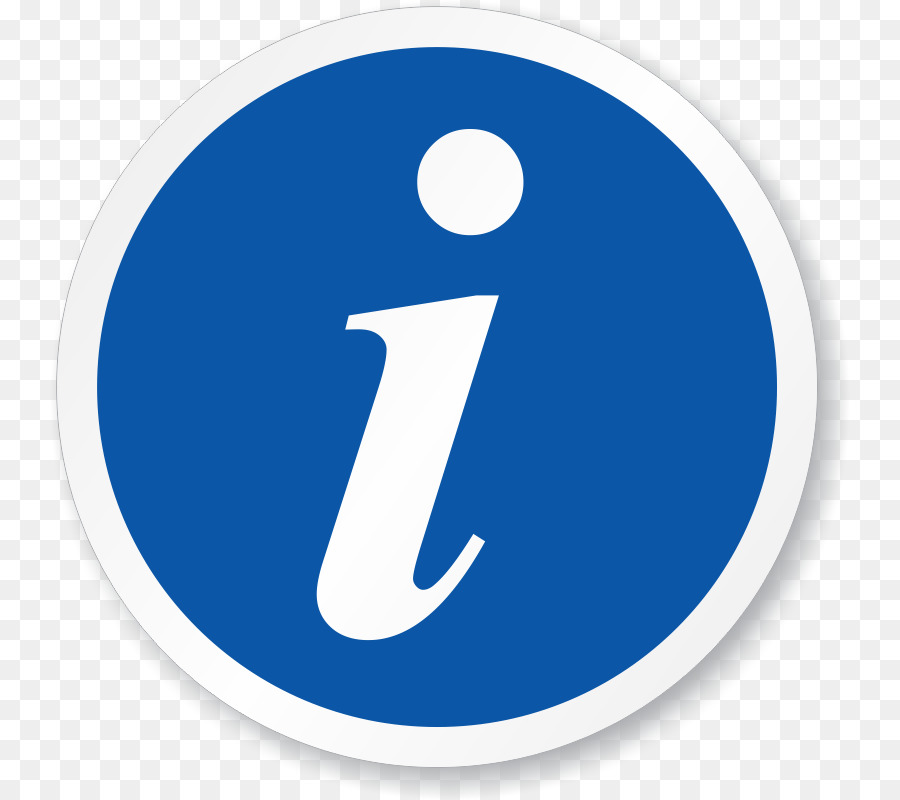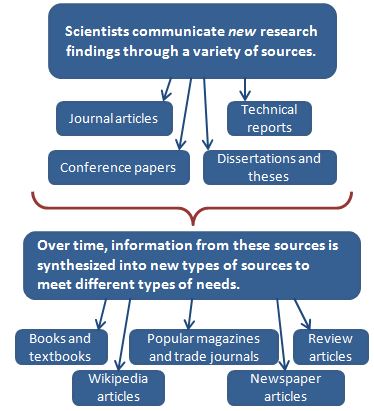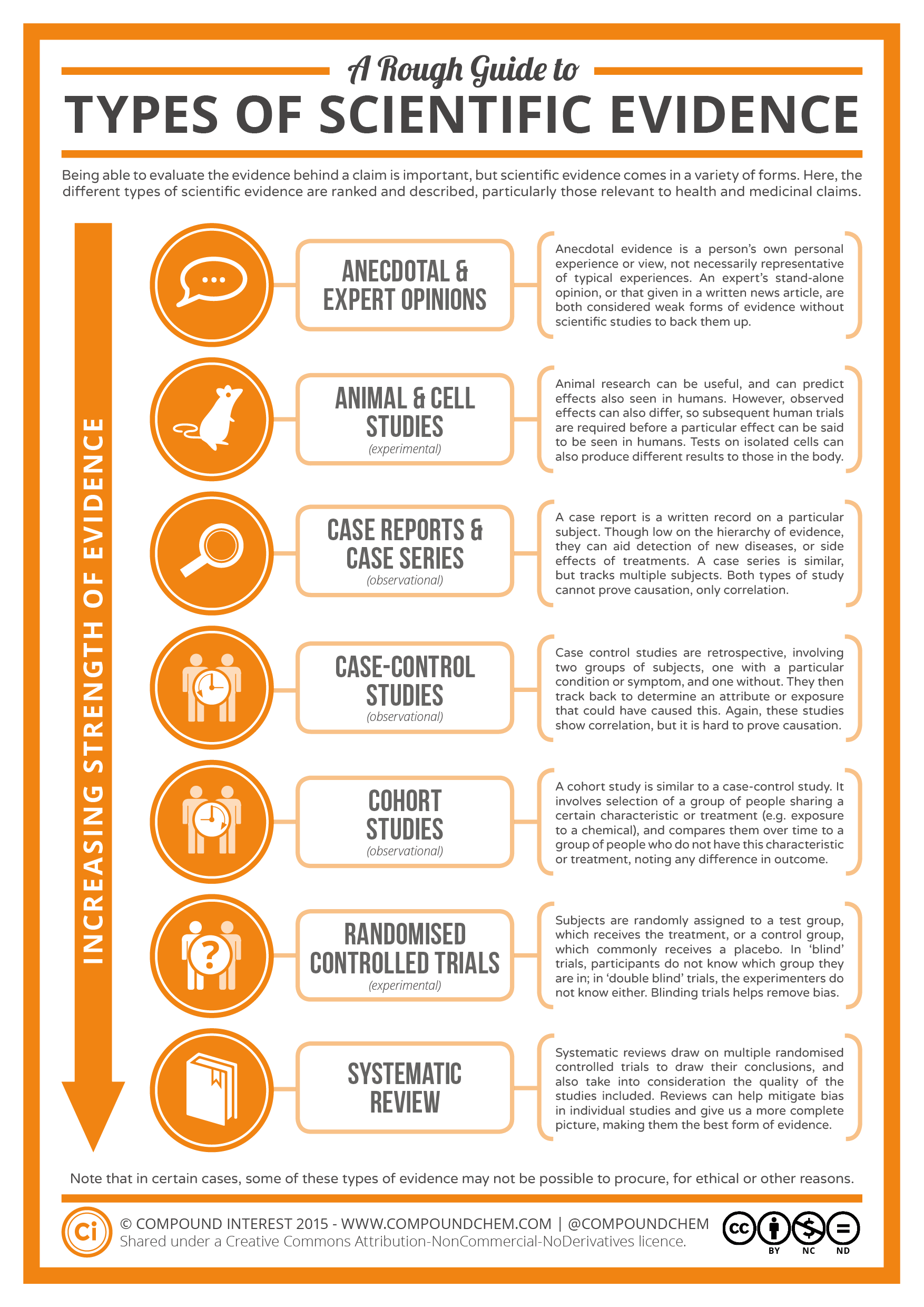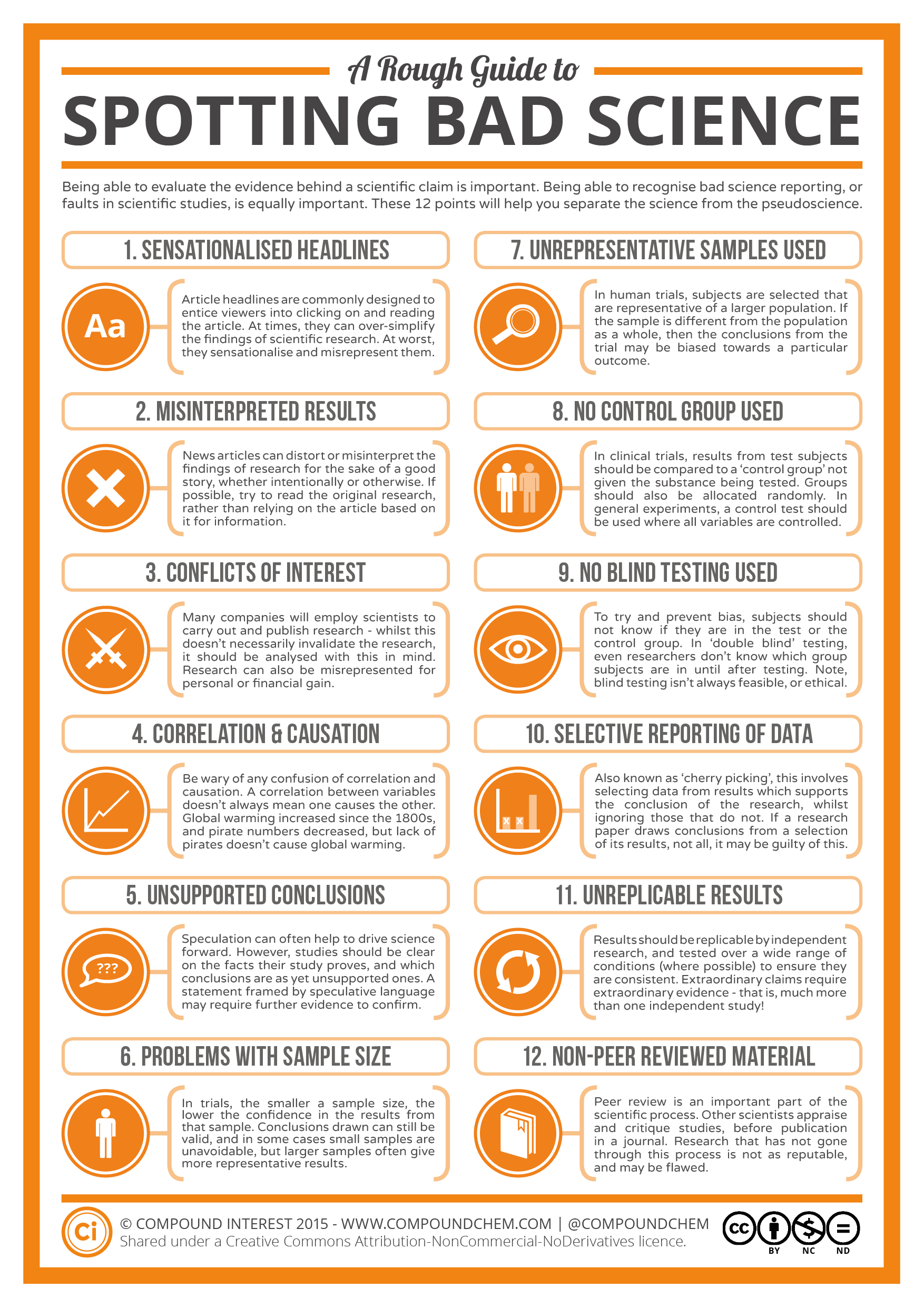Test your knowledge
Look at the different sources listed below. Note the authors' credentials, affiliated organizations, source of funding (if applicable), and results of the research. Feel free to Google any info you find in the articles or on the sites--really dig into the the facets listed above.
How are the sources different and how would you evaluate these sources in terms of your class assignment? Why?
- Source E: Effects of breakfast eating and eating frequency on body mass index and weight loss...
 Click "PDF Full Text" to access the full article
Click "PDF Full Text" to access the full article
Scholarly Articles--a break down of parts
- Anatomy of a Scholarly Article
 Use this interactive page from NC State Libraries to see the different sections of a scholarly article defined.
Use this interactive page from NC State Libraries to see the different sections of a scholarly article defined.
Evaluate Sources

Just because something is available online, that doesn’t mean it is a website. Online subscription databases like those from EBSCO or JSTOR are available because the library has paid to have online access to their materials, which is often more convenient for students and researchers. The open web, however, is exactly the opposite. The information is freely available, but anyone can create and host a site without any regulation, and there are some sites which may appear factual and authoritative, but can be edited by anyone, such as Wikipedia.
When evaluating sources, it's important to keep these six things in mind:
| Authority | Source | Purpose |
|---|---|---|
| Who has written this information? What credentials does this person/group have on this subject? Is your source credible? What is the reputation of the source or content author? | Who is responsible for the Web site or resource? What organization is hosting (and paying to keep alive) this page or publish this resource? | Why does this site or resource exist? Why was it created? Who is the intended audience? |
| Accuracy | Depth | Currency |
| Is the information accurate? Can it be verified through another source? Is the language objective and impartial or is it subjective and inflammatory? Is the information or research documented? | How thoroughly is the topic covered? Is it written for college level research? Is the information sufficiently complete for your purposes? | When was the information on the site last updated? When was the source published? Is the information timely? |
Peer-Review & Research Cycle
Scientists share new research findings primarily through journal articles but also through conference papers, technical reports, and dissertations and theses.
Journal articles are especially important sources, because:
- These publications contain research results that establish new information and move the discipline forward.
- These publications are where you'd go to find the most current research.
- Information in most journal articles has undergone a peer-review process to help ensure accuracy and reliability.
Over time, information derived from sources such as journal articles gets incorporated into new types of sources, such as books, Wikipedia articles, and news.
Credit: CLINE Library Northern Arizona Univ



